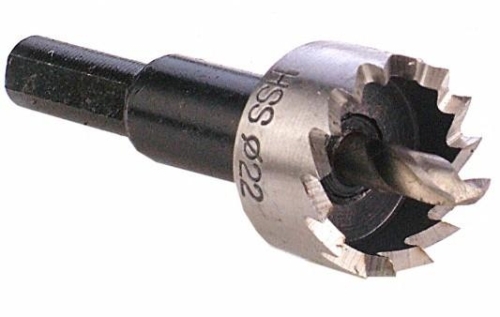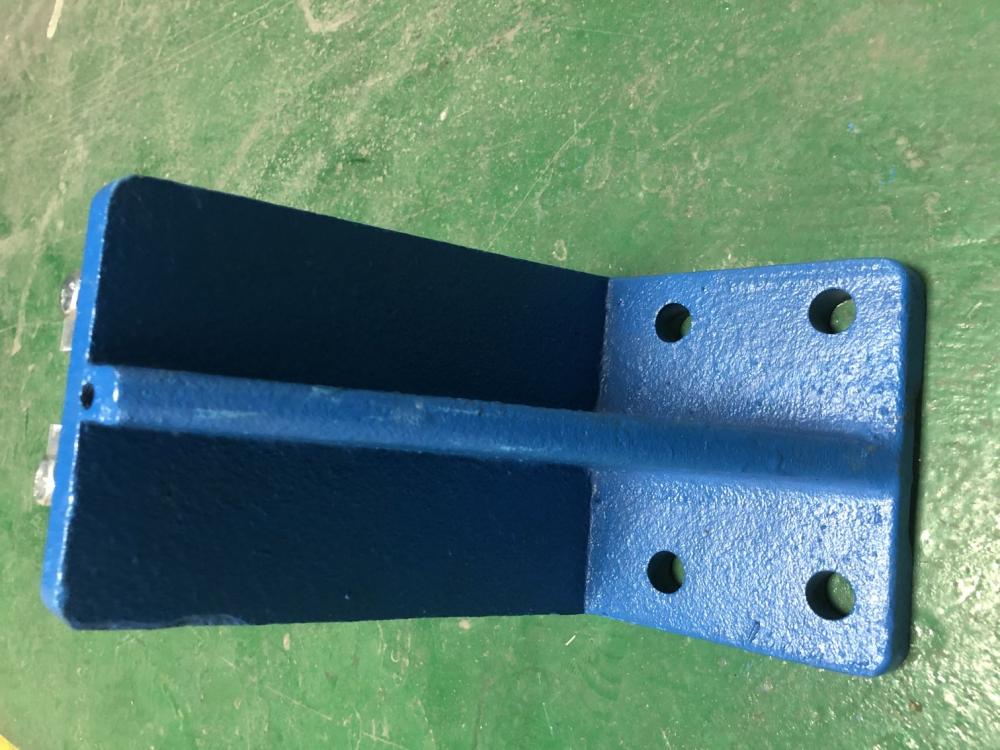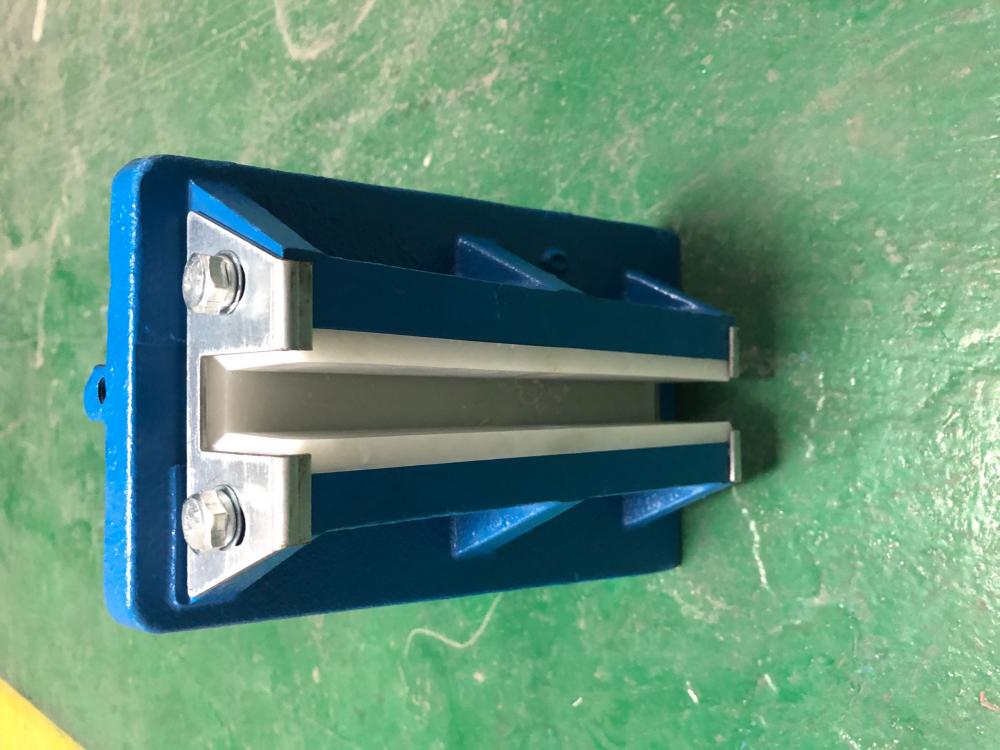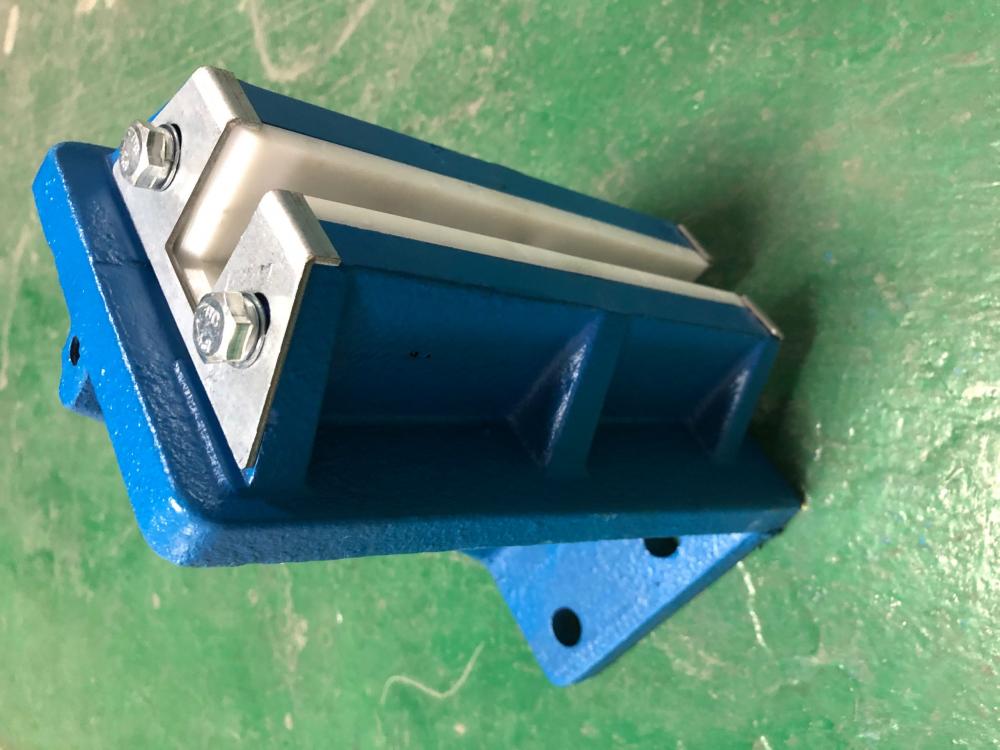 China has evolved into a major tool-manufacturing country and is continuously striving to enhance product quality. The industry is embracing advanced technologies, state-of-the-art equipment, and innovative practices in an integrated manner. Product standards are now aligned with international ISO benchmarks, reflecting a strong commitment to global competitiveness. Moreover, increased international collaboration and improved management capabilities have positioned Chinese hardware tools as a powerful driver for sustained industry growth.
According to customs data from 2011, the export value of tool hardware reached $10.606 billion, marking a 26.7% year-on-year increase. This growth was driven by several categories: small power tools saw a rise of 22.3%, reaching $2.614 billion; sawing products rose by 24.9% to $1.212 billion; measuring tools surged by 50% to $897 million; and garden tools grew by 16.8% to $563 million. Pliers and wrenches also performed well, with exports increasing by 28.3% and 24.1% respectively. Tool kits saw a 15.9% rise, reaching $431 million.
On the import side, total tool hardware imports amounted to $5.166 billion, up 21.9% compared to the previous year. Measuring tools led the import list, reaching $2.673 billion with a 26.4% increase. Small electric tools rose by 16.1% to $433 million, while sawing machines saw a significant jump of 35.3% to $234 million. Tool kits and pliers also showed strong growth, with increases of 53.8% and 28.6% respectively.
Despite this overall progress, there are challenges. Traditional hand tools like wrenches, pliers, and saws remain popular in overseas markets, with consistent growth rates around 20%. However, the high import volume of certain products—especially measuring tools—indicates that China still relies on foreign technology and components. For example, while China exported $897 million worth of measuring tools in 2011, it imported $2.673 billion, resulting in a trade deficit of $1.776 billion.
Industry experts note that while export volumes are rising, profit margins have not kept pace. Many companies rely heavily on quantity rather than value, which could become a bottleneck in the long run. Additionally, competition from Indian and Taiwanese manufacturers is intensifying, putting pressure on Chinese firms to innovate and improve.
Zhou Jihua, Secretary General of the Tool Hardware Branch at the China National Hardware Association, remains optimistic. He emphasizes that China’s tool industry has developed steadily and sustainably over the years, expanding its market share globally. As Chinese manufacturers continue to grow, traditional Western toolmakers have been gradually shrinking. While competition exists, Zhou believes that if China maintains its current development trajectory, it will eventually become a true global leader in the tool industry.
China has evolved into a major tool-manufacturing country and is continuously striving to enhance product quality. The industry is embracing advanced technologies, state-of-the-art equipment, and innovative practices in an integrated manner. Product standards are now aligned with international ISO benchmarks, reflecting a strong commitment to global competitiveness. Moreover, increased international collaboration and improved management capabilities have positioned Chinese hardware tools as a powerful driver for sustained industry growth.
According to customs data from 2011, the export value of tool hardware reached $10.606 billion, marking a 26.7% year-on-year increase. This growth was driven by several categories: small power tools saw a rise of 22.3%, reaching $2.614 billion; sawing products rose by 24.9% to $1.212 billion; measuring tools surged by 50% to $897 million; and garden tools grew by 16.8% to $563 million. Pliers and wrenches also performed well, with exports increasing by 28.3% and 24.1% respectively. Tool kits saw a 15.9% rise, reaching $431 million.
On the import side, total tool hardware imports amounted to $5.166 billion, up 21.9% compared to the previous year. Measuring tools led the import list, reaching $2.673 billion with a 26.4% increase. Small electric tools rose by 16.1% to $433 million, while sawing machines saw a significant jump of 35.3% to $234 million. Tool kits and pliers also showed strong growth, with increases of 53.8% and 28.6% respectively.
Despite this overall progress, there are challenges. Traditional hand tools like wrenches, pliers, and saws remain popular in overseas markets, with consistent growth rates around 20%. However, the high import volume of certain products—especially measuring tools—indicates that China still relies on foreign technology and components. For example, while China exported $897 million worth of measuring tools in 2011, it imported $2.673 billion, resulting in a trade deficit of $1.776 billion.
Industry experts note that while export volumes are rising, profit margins have not kept pace. Many companies rely heavily on quantity rather than value, which could become a bottleneck in the long run. Additionally, competition from Indian and Taiwanese manufacturers is intensifying, putting pressure on Chinese firms to innovate and improve.
Zhou Jihua, Secretary General of the Tool Hardware Branch at the China National Hardware Association, remains optimistic. He emphasizes that China’s tool industry has developed steadily and sustainably over the years, expanding its market share globally. As Chinese manufacturers continue to grow, traditional Western toolmakers have been gradually shrinking. While competition exists, Zhou believes that if China maintains its current development trajectory, it will eventually become a true global leader in the tool industry.The elevator guide shoe
Elevator guide shoe is a sliding part between elevator guide rail and car, what we call it guide shoe. It can fix the car on the guide rail and make car running up and down. Oil cup upper the elevator guide shoe that can reduce the friction of the shoe line and guide rail. There are four sets of guide shoes installed in each unit, respectively on both sides of the upper beam and under the safety clamp seat at the bottom of the car; and also four sets counter weight guide shoes are mounted on the bottom and top of the beam.
The guide shoes fixed on the car can move up and down along the fixed guide rail installed on the wall of the well way of the building to prevent the car from deviating or swinging in operation.
Guide shoe installation requirements
The installation method of guide shoe is to put it on the installation position of the guide rail of the car frame. After finding the right position, use the bolt fix it on the car guide rail frame. The installation must meet the following requirements:
- When the upper and lower guide shoes are installed in the right position, they should be on the same vertical line. No slant or deflection is allowed. Both roller guide shoes and fixed guide shoes same requirement.
- Fixed guide shoes are mainly used for FOVF units, the clearance between the two sides should be consistent, and the clearance between the inner lining and the rail top should be within O. 5 ~ 2 mm
-





Guide shoe,elevator Guide shoe,lift Guide shoe,casting Guide shoe liner
Suzhou Keffran Parts Co.,ltd , https://www.keffran-elevatorsmart.com